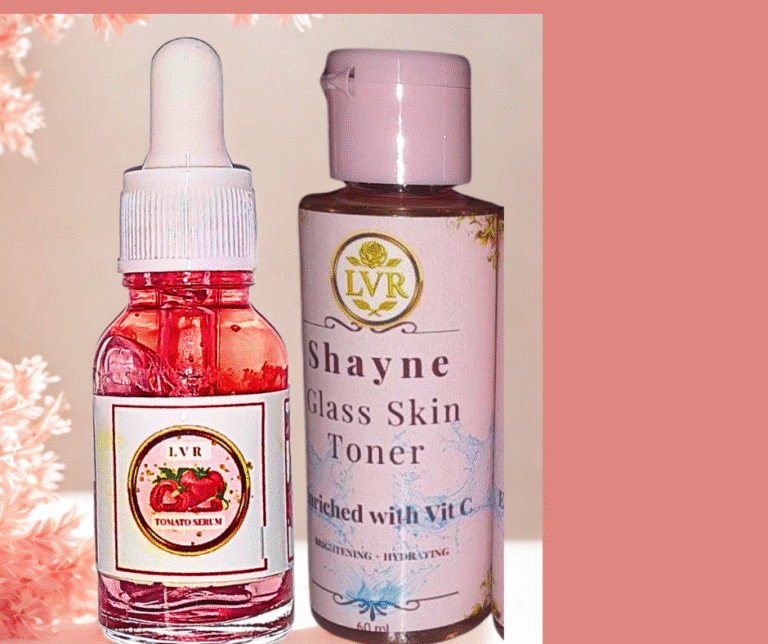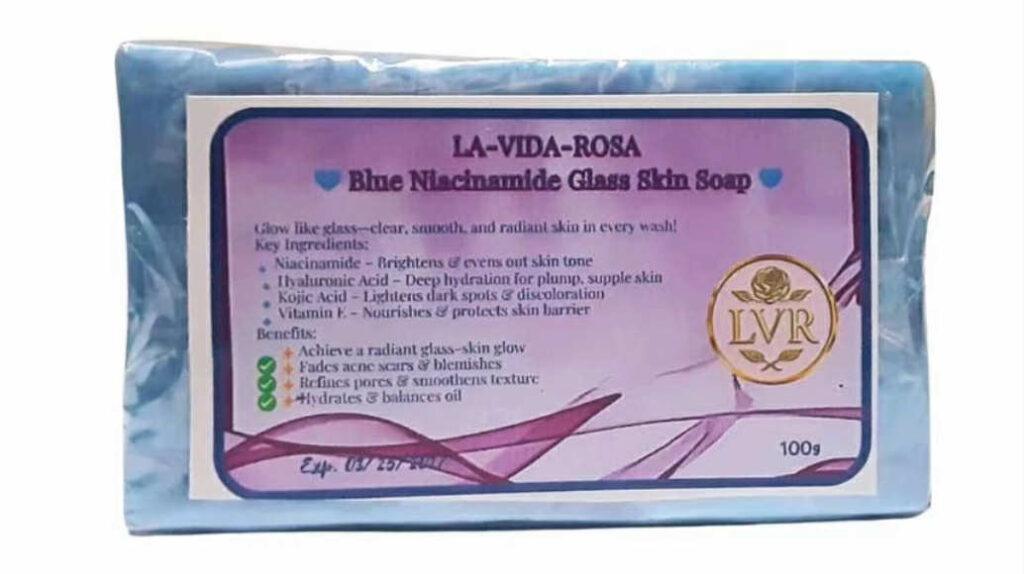7 Proven Steps to Master a Barrier-Repair Skincare Routine in the Philippines
In the tropical climate of the Philippines, our skin faces constant challenges—heat, humidity, pollution, and even the overuse of harsh skincare products. If you’ve ever experienced redness, dryness, or unusual breakouts, it could be a sign that your skin barrier is compromised. The good news? With the right barrier-repair skincare routine in the Philippines, you can restore and protect your skin for long-lasting health and glow.
1. Understand Your Skin Barrier
Your skin barrier is the outermost layer of your skin that locks in moisture and shields against irritants. When it’s damaged, you’ll notice tightness, flakiness, or increased sensitivity. Learning to identify the signs early is the first step to recovery.
2. Simplify Your Routine
In barrier repair, less is more. Avoid over-exfoliation and strong actives for now. Stick to gentle cleansers, fragrance-free moisturizers, and hydrating serums to prevent further irritation.
3. Choose a Low-pH Cleanser
A mild, sulfate-free cleanser with a pH close to 5.5 will help preserve your skin’s natural balance. This is especially important in the Philippines, where sweat and oil production can tempt you to over-wash.
4. Add Hydration Layers
Look for products with humectants like glycerin, hyaluronic acid, or aloe vera. These ingredients attract water to your skin, helping it stay plump and resilient despite the tropical heat.
5. Use Barrier-Repair Ingredients
Ceramides, niacinamide, and fatty acids are your skin’s best friends. These ingredients strengthen the lipid layer, making your skin better equipped to protect itself.
6. Protect with Sunscreen
Even the best barrier-repair routine will fail without sunscreen. Use a broad-spectrum SPF 30 or higher every morning—rain or shine—to shield your skin from UV damage, one of the fastest ways to weaken the skin barrier.
7. Be Consistent and Patient
Barrier repair is not an overnight fix. Give your skin at least 4–6 weeks to fully recover. Stick to your routine, avoid experimenting with too many new products, and watch your skin slowly regain its natural glow.
Maintaining a healthy skin barrier in the Philippines also means adapting your routine to seasonal changes, choosing products wisely, and understanding your skin’s unique needs. These small adjustments can greatly enhance the results of your barrier-repair skincare routine.
Final Thoughts
A barrier-repair skincare routine in the Philippines doesn’t have to be complicated or expensive. By focusing on gentle care, the right ingredients, and consistent protection, you can achieve a healthier, more radiant complexion—even in our challenging climate.
FAQs
- How do I know if my skin barrier is damaged?
- You may notice symptoms like dryness, redness, itchiness, or increased sensitivity. In the Philippines, heat and pollution can make these signs more obvious.
- How long does it take to repair the skin barrier?
- With a proper barrier-repair skincare routine in the Philippines, you can expect improvement within 4–6 weeks, but it depends on the severity of the damage.
- Can I still use exfoliants while repairing my skin barrier?
- It’s best to avoid strong exfoliants until your skin has healed. Gentle chemical exfoliants like lactic acid can be reintroduced slowly once your barrier is strong again.
- What is the best moisturizer for barrier repair in the Philippines?
- Look for moisturizers with ceramides, fatty acids, and niacinamide. Choose lightweight formulas if you live in humid areas, and richer creams for cooler regions.
- Is sunscreen necessary for barrier repair?
- Yes! UV exposure is one of the top causes of skin barrier damage. Daily sunscreen use is non-negotiable in the Philippines’ tropical climate.



